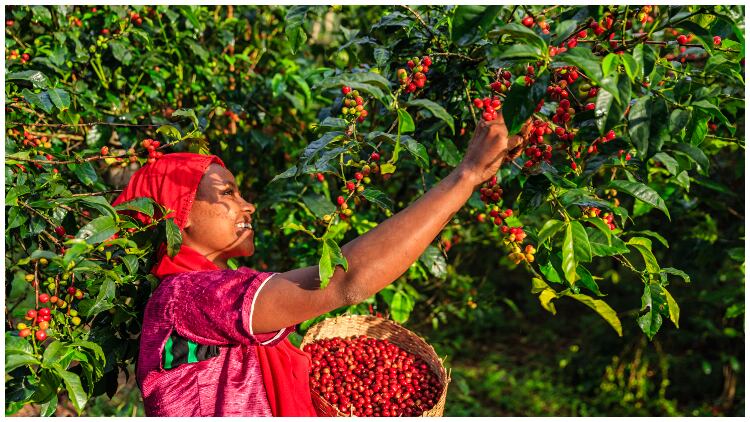Concern had been raised as coffee plants are sensitive to climate variability and change and are also important to the economies of coffee producing regions.
The report said that the impact of “synchronous climate hazards” occurring in multiple areas important for coffee production has been “unknown”.
But researchers conducted a systematic analysis of climate hazards and compound events in coffee producing regions from 1980 to 2020. They identified 12 climate hazards that threaten coffee crops in the top 12 coffee-producing countries. For example, one hazard highlighted was the daily maximum temperature that coffee plants can tolerate.
The researchers found that the number of these climate hazards increased in every coffee-growing region between 1980 and 2020. Additionally, the type of hazards have shifted from overly cool conditions to overly warm. However, it said that more research is needed to understand the impact this might have on global coffee crop failures.
According to the authors: “Our results suggest that El Niño is the primary mode in explaining compound climate event variability, both globally and regionally. Region-level hazards are therefore indicative of systemic risk to coffee production, rather than local risk. As with other crops, a systemic risk to the global coffee trade is posed by synchronized crop failures. With climate change projections showing a continued rise in temperatures in the tropics is likely, we posit that coffee production can expect ongoing systemic shocks in response to spatially compounding climate hazards.”
The authors added: “Since 1980, global coffee production has become increasingly at risk of synchronised crop failures, which can be driven by climate hazards that affect multiple key coffee-producing areas simultaneously.”
HSE warning over coffee roasting
The Health and Safety Executive (HSE) has issued a warning about exposure to diacetyl which is often used as a flavouring and a by-product of coffee roasting. It has warned this can lead to severe and irreversible lung disease. Even if diacetyl is present at low concentrations within mixtures or flavourings, exposure to its vapour may be above safe workplace exposure limits, it said. HSE said that its scientific studies show that heating diacetyl above certain temperatures “significantly increases”airborne concentrations and the potential for exposures above safe workplace limits.
Concentrations are significantly greater if the roasted beans are ground when still warm (around 40°C) and reduced if the beans are cooled between roasting and grinding down to room temp (around 16-20°C). Food manufacturers have been warned to conduct a risk assessment.
risk of exposure can occur during
opening of diacetyl or flavouring containers
- decanting and weighing
- mixing
- spray drying to produce powdered mixtures
- packaging
- cleaning of vessels or spillages
If your processes include the use of diacetyl, food flavourings that contain diacetyl, or are likely to produce diacetyl, then you must carry-out a risk assessment. Your risk assessment will help you to identify the hazards associated with the potential for exposure, understand who might be harmed and how, evaluate the risks and decide on precautions.




